Modern water pipes are rarely made of metal. Its worthy competitors – polymers – have emerged and are gradually replacing it in many areas. One such material is low-pressure polyethylene. This material is used to make pipes for pressure pipelines, that is, for water pipelines and even for gas pipelines. This type of material is becoming increasingly popular, since the connection of polyethylene pipes is not difficult to make with your own hands. It is only necessary to observe very simple rules.
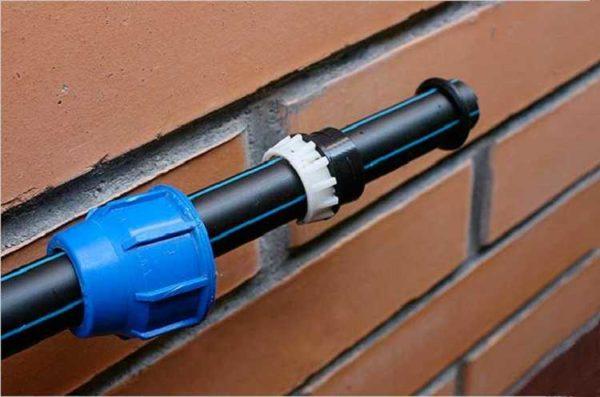
Artikli sisu
Advantages and features of use
Polyethylene pipes are made of low-pressure polyethylene. Abbreviated this material is labeled as HDPE. It is characterized by increased strength and elasticity, has good operational properties:
- chemically neutral, can be used for transportation of food products;
- smooth walls prevent the formation of deposits inside;
- is not subject to corrosion;
- small coefficient of thermal expansion – about 3% at maximum heating (up to +70°C);
- react normally to water freezing inside, due to elasticity they increase in diameter, and after thawing they take their original size.
One point to remember! If you need pipes resistant to freezing (for example, for the device of water pipelines in the countryside), when choosing, look at the description or technical specifications. Not all types of copolymers that are used for the production of pipes, normally tolerate freezing. So be careful.
The main disadvantage of polyethylene pipes – restrictions on the temperature of the transported medium: it should not be higher than +40 ° C, that is, from HDPE can be made only cold water supply, for hot water and, especially, heating, they can not be used.
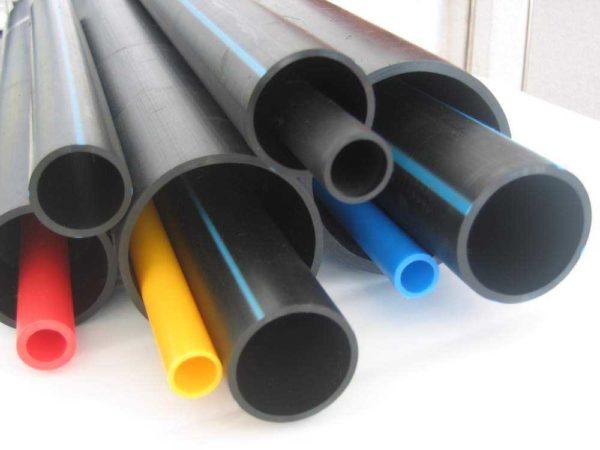
Another point: polyethylene does not tolerate UV radiation well. With constant exposure to the sun, the material loses elasticity, and, after some time, breaks (some manufacturers make HDPE pipes resistant to ultraviolet, but they cost more). Therefore, the open laying of water pipes from plastic pipes is very undesirable. But hold the pipe in the trench from the well or well to the house, to make a cold water distribution in the house is very even possible. This is quite an economical and convenient solution, since the installation and connection of polyethylene pipes is not very complicated. If we are talking about a split connection, then it does not need any equipment. You only need fittings and hands.
What polyethylene pipes are better
For the production of water pipes, polyethylene of two grades is used – PE 80 and PE 100. One hundredth polyethylene is more dense and stronger than the eightieth. For private home water supply systems, the strength of PE 80 is more than enough – they can withstand pressure up to 8 atm. If you like a large margin of strength, you can take them from PE100. They work normally and at 10 atm.
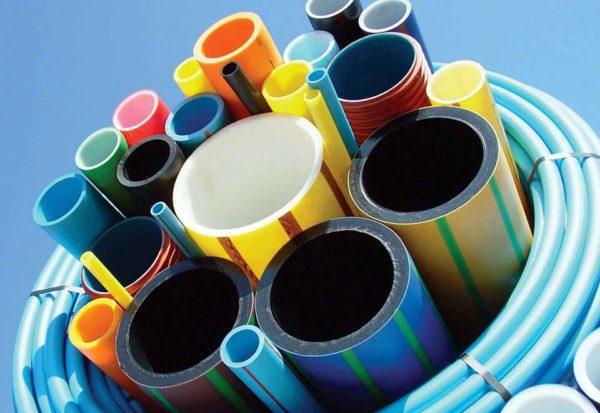
What you should pay attention to is the country in which the product is produced. European manufacturers are the leaders in quality. High precision of execution guarantees high reliability of the system. Average quality and prices – in Turkish companies, in the cheaper price segment Chinese manufacturers. As usual, their quality is also much lower. It is difficult to give advice here, everyone chooses at his own discretion (or what is available in the region).
Types of HDPE pipe connections
The connection of polyethylene pipes there are several types of types:
- detachable (on fittings or couplings);
- non-detachable – by welding:
- with the help of a special welding machine;
- electric couplings – inside such couplings a heater is built in, when electric current is supplied to it, polyethylene is heated and fused.
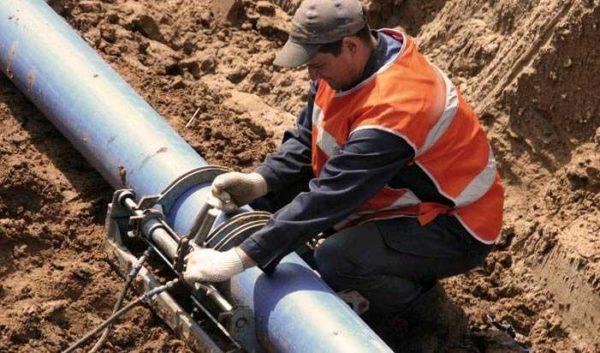
Welding is mainly used for large-diameter pipes, which are used to create trunk pipelines. Pipes of small diameters – up to 110 mm, used in private construction, are mostly connected using fittings. Couplings are used more often during repair works, as their installation takes more time.
Fittings for polyethylene pipes are shaped parts (tees, crosses, angles, adapters, couplings), with the help of which the required configuration of the system is created. Since the independent connection of polyethylene pipes is carried out more often with the help of fittings, let’s talk about them in detail.
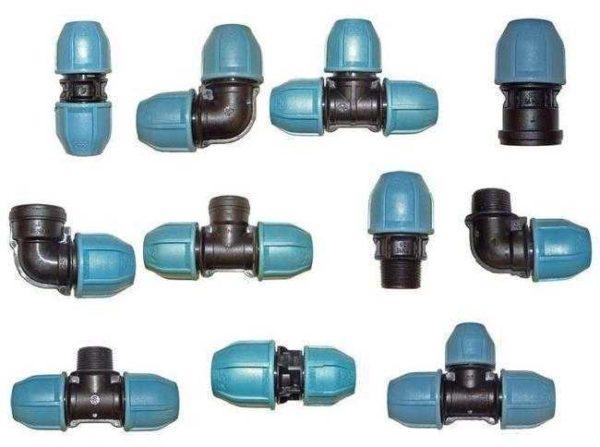
Assembly on compression (crimp) fittings
On one or two sides of the fitting (sometimes three), a whole system is installed, which provides a connection. The fitting itself consists of:
How reliable is the connection
Despite the apparent unreliability, the connection of polyethylene pipes on compression fittings is reliable. Properly made, it can withstand working pressures up to 10 atm and higher (if they are products of a normal manufacturer). As proof, see the video.
Good this system is the ease of self-installation. You probably appreciated it already from the video. Just insert the pipe, tighten the thread.
Dachnikov, in addition to the possibility of doing everything with their own urkami like it that if necessary, everything can be disassembled, hidden for the winter, and in the spring to reassemble. This is in case the divider is made for irrigation. Disassembled system is also good in that you can always tighten the underdrawn fitting or replace it with a new one. The disadvantage – fittings are bulky and internal wiring in the house or apartment of them are rarely made – the appearance is not the most pleasant. But for a section of the water supply – from the well to the house – it is difficult to find a better material.
Assembly order
The pipe is cut strictly at 90°. The cut should be even, without burrs. Also inadmissible is the presence of dirt, oil or other contaminants. Before assembly, a chamfer is removed from the cuts of the connected sections. This is necessary so that the sharp edge of polyethylene does not damage the sealing rubber ring.
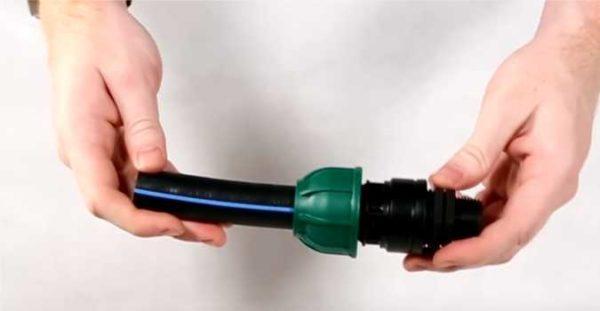
On the prepared pipe put on the parts in this order: tighten the crimp nut, then the collet, followed by the thrust ring. The rubber gasket is installed in the body of the fitting. Now connect the body and the pipe with the parts put on it, applying force – it is necessary to insert until the stop. Pull all parts to the body and connect them with the help of a crimp nut. The resulting connection of polyethylene pipes is tightened with force by hand. For reliability it is possible to tighten with a special assembly wrench. The use of other tools for tightening is undesirable: the plastic can be damaged.
Saddles and their application
In addition to fittings, there is another interesting device that allows you to make branches from an already finished pipeline. This is a sedelki – a specially designed coupling. This coupling has one or more holes with threads. In them, a faucet is usually placed, and a new branch of the water pipe is connected to it.
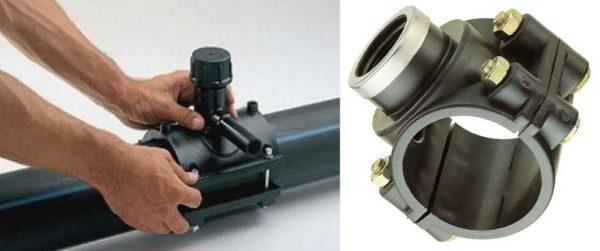
Sedecks are put on the pipe, fixed with screws. After that, a hole is drilled in the branch with a drill and a thick drill bit in the surface of the pipe. When it is ready, a faucet is installed, the branch is assembled further. This is how the system is improved with minimal effort and cost.
Flange connections and transition to metal
In the water supply system can be installed elements of the system that have not a threaded, but a flange connection. Usually these are taps or other shut-off or regulating valves. To connect to such elements there are special fittings for HDPE. On one side is a standard compression version, on the other – flanged. Installation is standard – with a crimp nut on one side, gaskets and bolts – on the flange side.
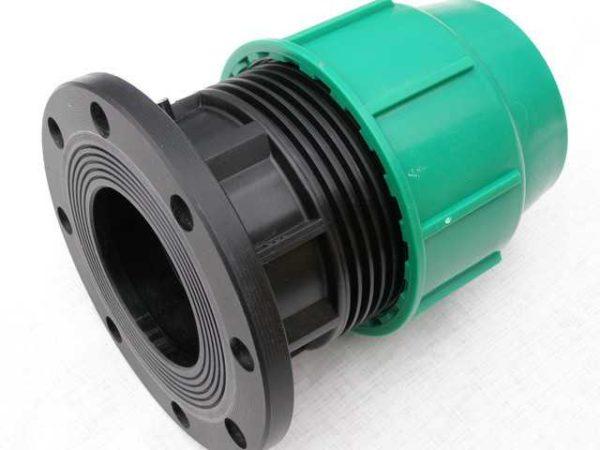
When arranging a water pipeline from polyethylene pipes, there may also be questions about the connection of polyethylene and metal. For these cases, fittings are used, on one side of which there is a thread. It can be external or internal – depends on the type of device or transition to be installed. Such fittings are straight, there are in the form of an angle of 90 °.
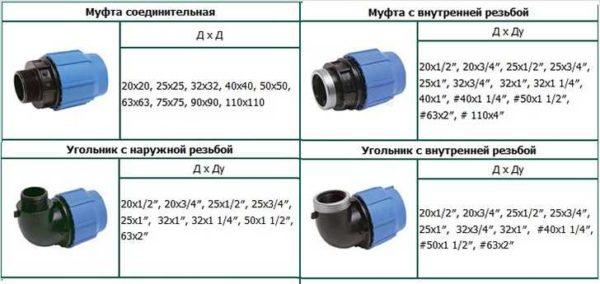
Installation is standard – the thread (with winding carefully) on one side and the crimp nut on the other.

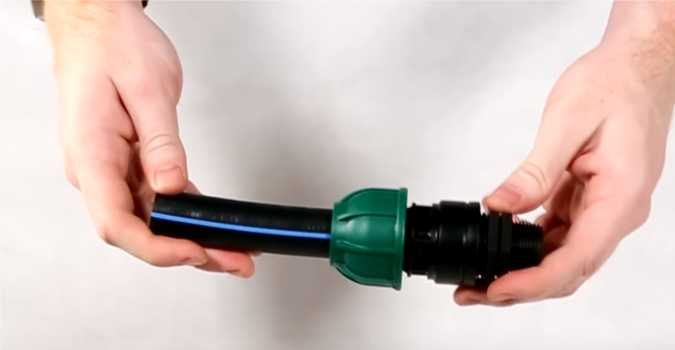
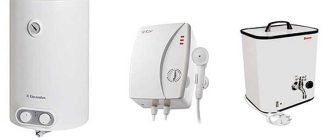
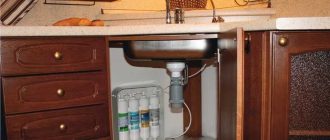
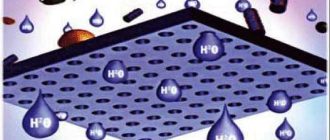
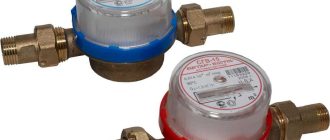
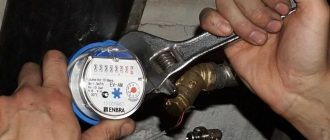
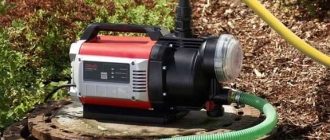
Connecting polyethylene pipes is a piece of cake if you have the right tools! I remember when I first tried it; I was nervous but got the hang of it. Just make sure to use the right fittings and don’t rush. It’s super satisfying when everything fits perfectly!
Totally! I felt the same way when I first tackled it. I had all the gear but still messed up a couple of joints. Once I took my time and double-checked the fittings, though, it all clicked. It felt like winning a mini championship!
Totally agree! The first time I tackled it, I was sweating bullets. But with some decent tools and patience, it was like a light bulb moment when everything clicked together. That feeling when the water flows without leaks is unbeatable! Just gotta take it step by step.
Absolutely! I remember trying to fix my leaky faucet for the first time—I was a nervous wreck! But after grabbing the right tools and taking my time, it all came together. When I finally stopped the drip, I felt like a champ! You’re spot on about the step-by-step approach!